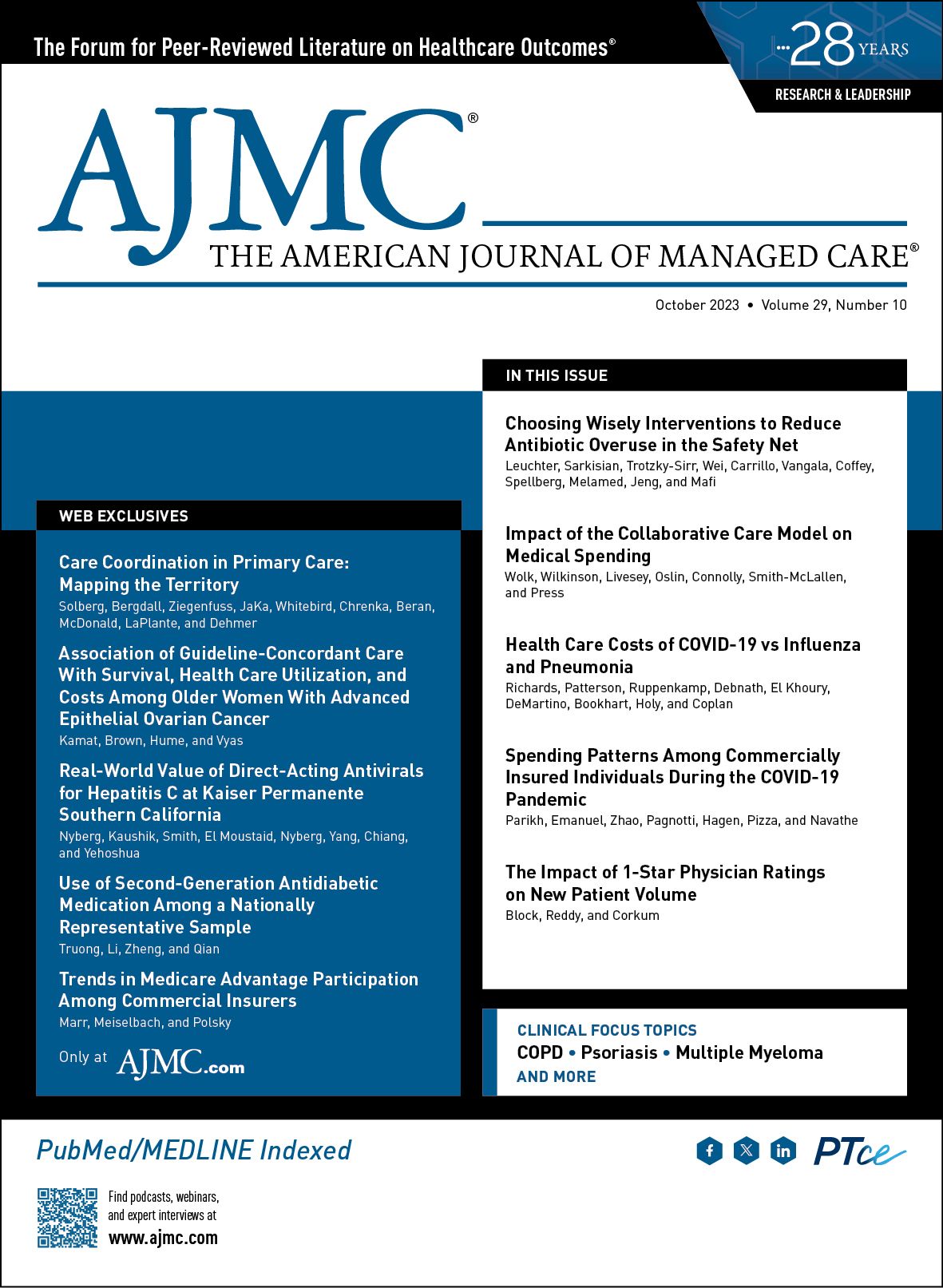- Center on Health Equity & Access
- Clinical
- Health Care Cost
- Health Care Delivery
- Insurance
- Policy
- Technology
- Value-Based Care
Conversion Miscalculation Found
Correction to the article “Antineutrophil Cytoplasmic Antibody (ANCA) Vasculitis: Pathophysiology, Diagnosis, and the Evolving Treatment Landscape” published in a September 2021 supplement to The American Journal of Managed Care.
Am J Manag Care. 2023;29(10):535. https://doi.org/10.37765/ajmc.2023.89442
In the article “Antineutrophil Cytoplasmic Antibody (ANCA) Vasculitis: Pathophysiology, Diagnosis, and the Evolving Treatment Landscape” published in a September 2021 supplement to The American Journal of Managed Care, a conversion miscalculation was found. In the ADVOCATE trial (NCT02994927), which this paper reviews, all glucocorticoids were converted into prednisone-equivalent doses. Recently, a conversion miscalculation was found in the non–study-supplied glucocorticoid dose. There are no changes to the conclusions of the study; however, to be fully transparent the authors suggested correcting the published article. The sentence, “The total prednisone-equivalent dose of oral and IV glucocorticoids was 1349 mg (or about 4 mg/patient/d) in the avacopan group and 3655 mg (or about 12 mg/patient/d) in the prednisone group” should be, “The total mean prednisone-equivalent dose of oral and IV glucocorticoids was 1676 mg (or about 5 mg/patient/d) in the avacopan group and 3847 mg (or about 13 mg/patient/d) in the prednisone group.”
In addition, in Figure 2, the Kaplan-Meier curve lines appeared slightly separated from each other, when they should both begin at 1.0. The figure has been revised to show both curves beginning at 1.0.
The article was corrected online.
REFERENCE
Koening CL, von Hennigs I. Antineutrophil cytoplasmic antibody (ANCA) vasculitis: pathophysiology, diagnosis, and the evolving treatment landscape. Am J Manag Care. 2021;27(suppl 15):S267-S276. doi:10.37765/ajmc.2021.88746

Mental Health Care Use After Leaving Medicare Advantage for Traditional Medicare
December 1st 2025Medicare Advantage beneficiaries with mental health diagnoses see more nurse practitioners and fewer internal medicine and emergency medicine specialists after switching to traditional Medicare.
Read More

